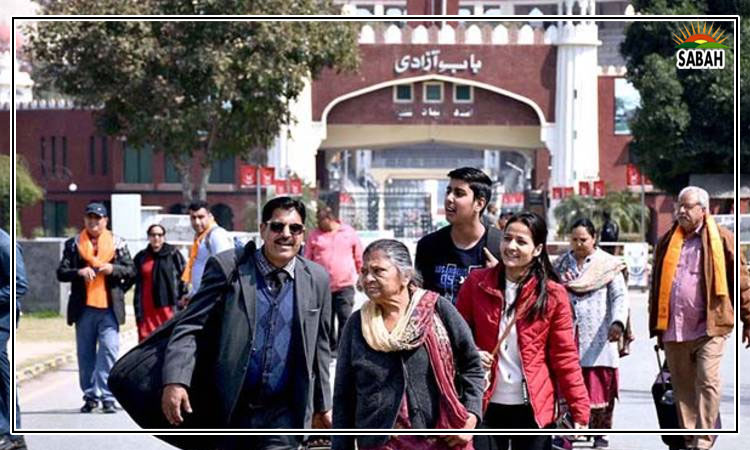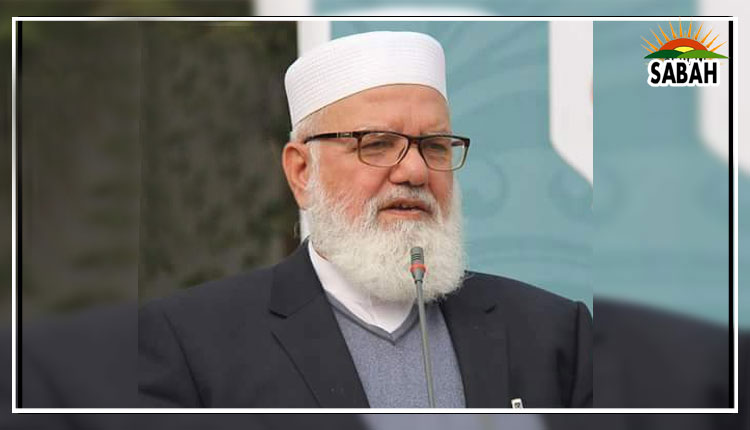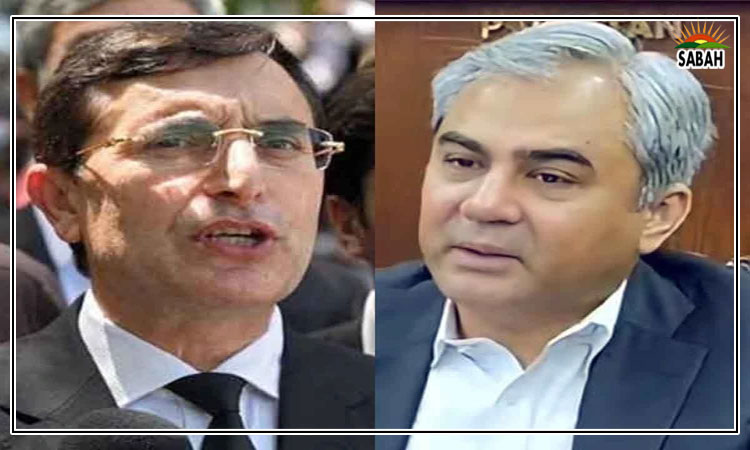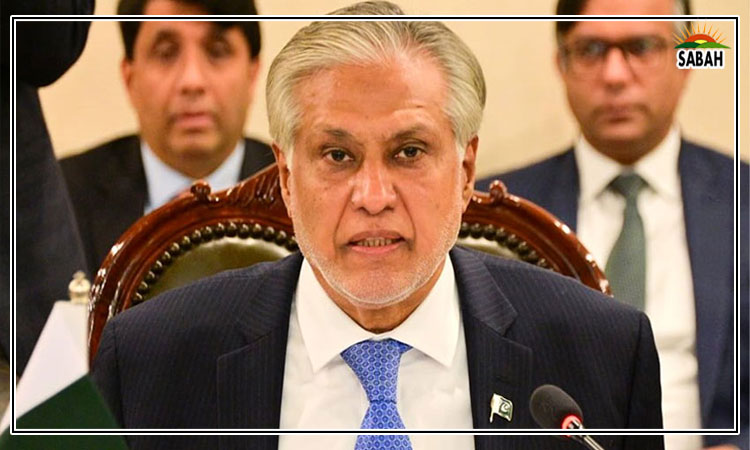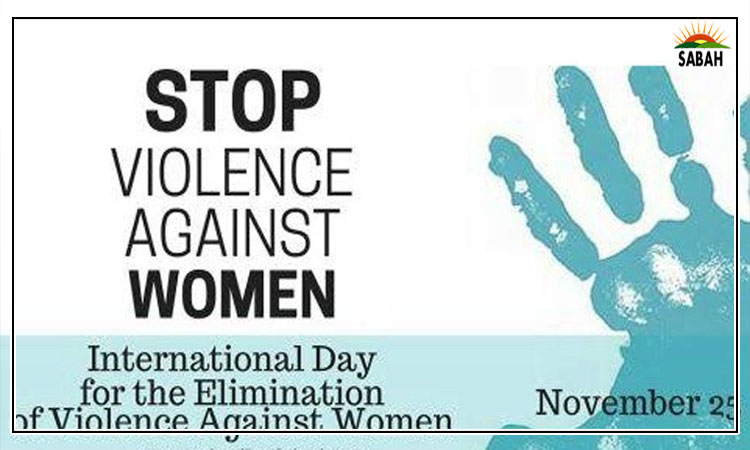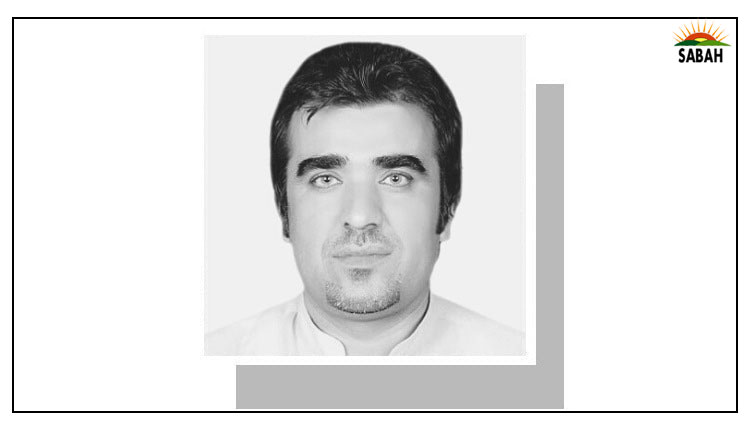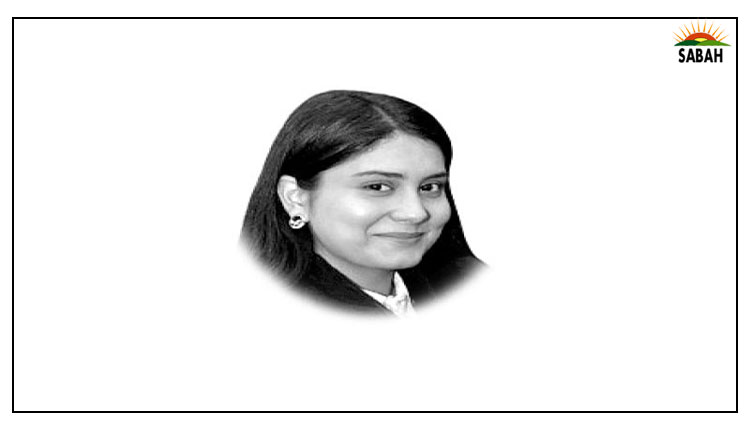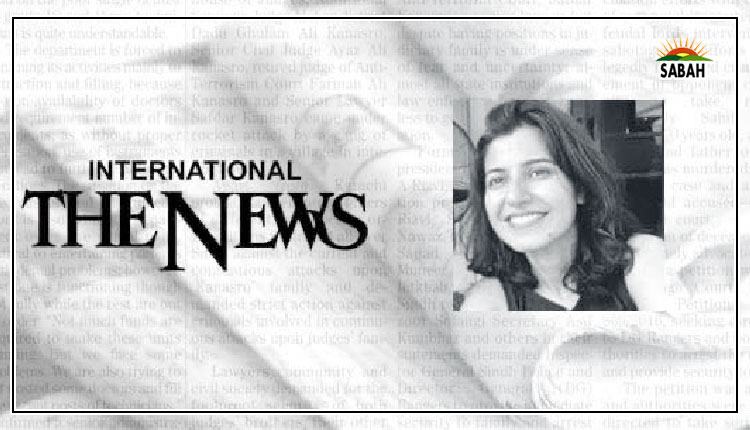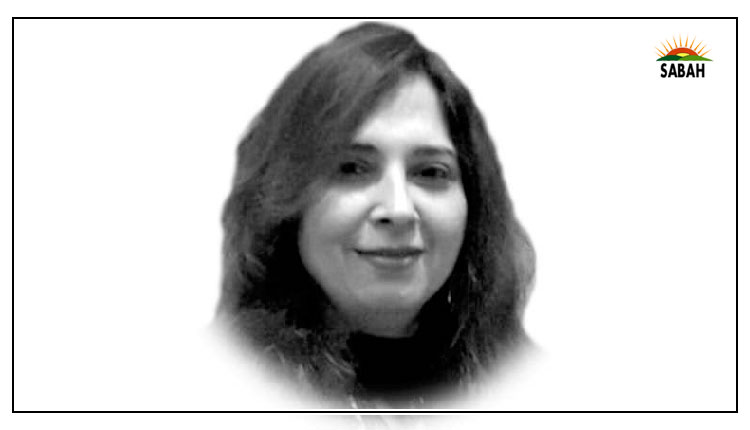PTM’s troubling allegiances …. Durdana Najam
The Pashtun Tahaffuz Movement (PTM) emerged as a powerful advocate for the rights of the Pashtun community, initially sparked by the tragic killing of Naqeebullah Mehsud, a young man allegedly murdered in a staged police encounter in Karachi. It quickly gained traction with its calls for accountability, the recovery of missing persons, and the removal of military checkpoints.
However, as time passed, PTM’s message began to take on a more radical tone. Anti-state slogans became a regular feature of their rallies, overshadowing the original intent of their movement. The overtly anti-military and, at times, anti-Pakistan rhetoric heard in PTM’s protests cast a shadow over their demands. Holding the state accountable is an essential part of any democracy, but PTM’s blanket accusations against the military, which has fought a brutal war against terrorism, raised questions about their underlying purpose. Was PTM still a movement for justice, or had it morphed into something more dangerous?
Recent developments have only deepened these suspicions. The announcement of a ceasefire by TTP to facilitate a PTM jirga has raised eyebrows across the country. TTP is a group that has terrorised Pakistan, and particularly the Pashtun people, for years. It has been responsible for some of the worst atrocities in the country’s history, including the massacre of schoolchildren at APS Peshawar. The very idea that TTP, which has repeatedly attacked Pashtun civilians, would help PTM in any way is troubling. It raises the question of whether there is more to the relationship between PTM and TTP than meets the eye.
The fact that PTM has never openly condemned TTP for its attacks on Pashtuns is even more unsettling. TTP has not only killed and kidnapped innocent civilians but has also targeted the traditional Pashtun way of life. It has murdered tribal elders, attacked mosques, funerals and religious gatherings, and sought to dismantle the tribal system that has long been the bedrock of Pashtun society. By failing to distance itself from TTP, the PTM risks being viewed as an organisation that, knowingly or unknowingly, provides cover for those who have done the most harm to the very people it claims to represent.
Another key issue is PTM’s demand to dismantle military checkpoints in the tribal areas. While no one enjoys the inconvenience of security checkpoints, their role in preventing the resurgence of militancy cannot be ignored. The removal of these checkpoints would create a vacuum, giving groups like TTP the space to regroup and resume their activities. PTM’s insistence on this demand, without acknowledging the security challenges posed by militant groups, suggests either a lack of understanding or a deliberate disregard for the potential consequences.
What further complicates the PTM’s position is the increasingly anti-Pakistan sentiment expressed in its rallies. While it is the right of every citizen to protest, the use of slogans that question the legitimacy of the state and its institutions is a dangerous path. The vast majority of Pashtuns consider themselves patriotic Pakistanis and have no interest in seeing their homeland destabilised. PTM’s shift from a rights-based movement to one that seems willing to undermine the state has alienated many within the Pashtun community.
This does not mean that PTM’s original concerns were without merit. There is a need for accountability and transparency in how military operations are conducted in tribal areas, and the state must do more to address the grievances of the Pashtun people. However, PTM’s approach risks inflaming tensions rather than resolving them.
Moving forward, PTM needs to take several steps if it hopes to regain its credibility.
First, it must clearly and unequivocally condemn TTP and other militant groups for their actions against Pashtuns. By failing to do so, PTM will continue to be viewed with suspicion. It is impossible to claim to represent the interests of Pashtuns while turning a blind eye to the atrocities committed by TTP.
Second, PTM must move away from its anti-Pakistan rhetoric. Constructive criticism of state institutions is a sign of a healthy democracy, but the kind of blanket accusations and inflammatory slogans heard at PTM rallies serve no purpose other than to create division. PTM needs to engage with the state in a way that focuses on solutions, not just grievances.
Third, PTM should re-centre its focus on the real issues facing the Pashtun community, such as education, healthcare and economic development. These are the issues that matter the most to ordinary Pashtuns, and addressing them would do more to improve their lives than any amount of rhetoric.
Finally, PTM must be wary of external influences. There are many actors, both domestic and foreign, who would like to see Pakistan weakened from within. PTM must ensure that its actions are in the best interests of the Pashtun people and Pakistan as a whole, and not aligned with forces seeking to exploit their grievances for ulterior motives.
If PTM can take these steps, it has the potential to be a positive force for change. But if it continues down its current path, it risks losing its legitimacy and becoming yet another pawn in the game of regional instability. The choice is theirs.
On the flip side, the government should engage in constructive dialogue with PTM to address their legitimate grievances while encouraging it to distance itself from violent groups like TTP.
Courtesy



